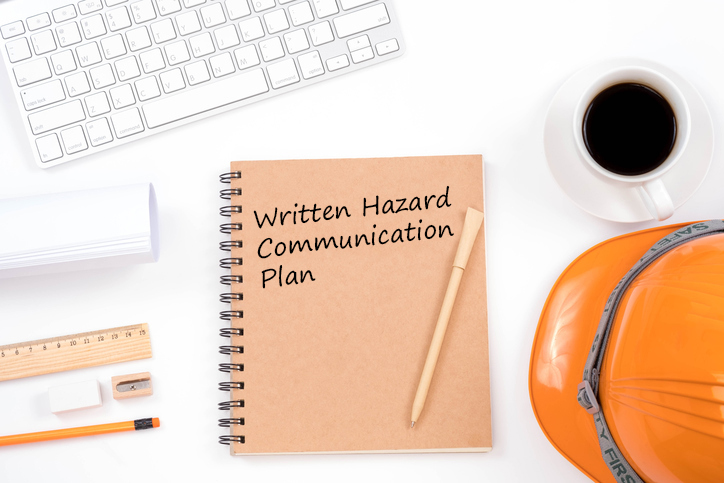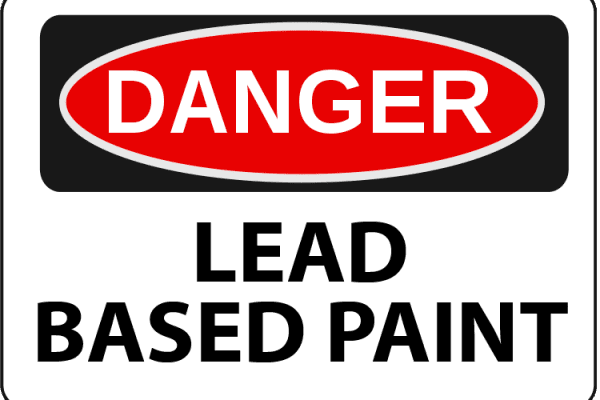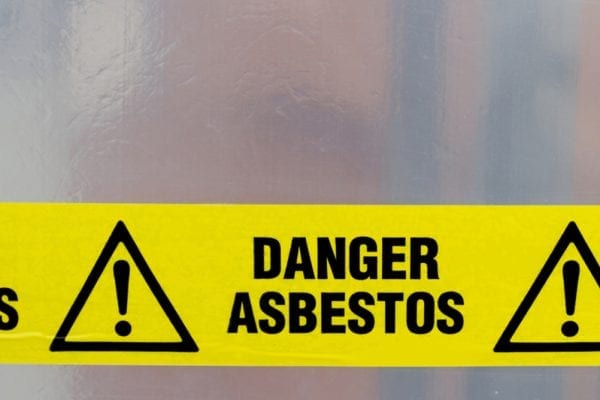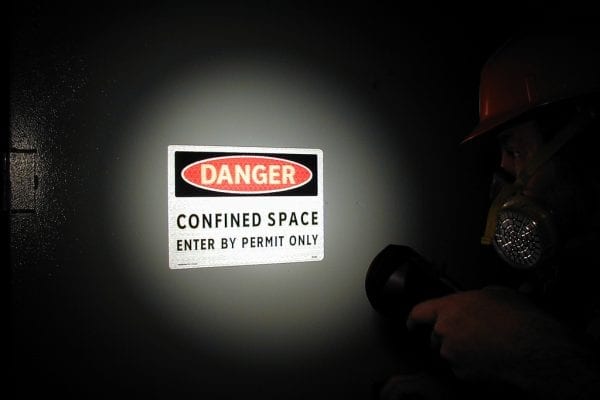OSHA requires employers to maintain a written hazard communication plan that effectively protects workers from potentially harmful chemical exposure in the workplace. On the surface, the requirement sounds simple, yet failure to meet this requirement is the second most commonly cited OSHA violation.
Here’s what you need to know to ensure you comply with this simple, critical OSHA requirement.
Who Needs a Written Hazard Communication Plan?
OSHA regulation 1910.1200 requires all employers with hazardous chemicals in their workplaces to prepare and implement a written hazard communication plan. This applies, according to the regulation, “to any chemical which is known to be present in the workplace in such a manner that employees may be exposed under normal conditions of use or in a foreseeable emergency.”
There are some exclusions to the requirement, including ingredients in food, certain pesticides, and distilled spirits. In most cases, the excluded chemicals are covered by other regulations. For full information, visit OSHA’s hazard communications page.
What are the Key Requirements of the Written Hazard Communication Plan?
Employers are responsible for developing and maintaining a written hazard communication program for the workplace that includes:
- Safety Data Sheets (SDSs) for each chemical present
- Lists of hazardous chemicals present, referenced in each case to the appropriate SDS
- Appropriate labeling of containers of chemicals in the workplace
- Labeling of containers of chemicals being shipped to other workplaces
- Preparation and distribution of SDSs to employees and downstream employers
- Development and implementation of employee training programs regarding hazards of chemicals and protective measures, which must be provided at the time of the employee’s initial assignment, as well as whenever a new chemical hazard is introduced to the work area
- The methods the employer will use to inform employees of the hazards of non-routine tasks, and the hazards associated with chemicals contained in unlabeled pipes in their work areas
Employers are further responsible for making the written hazard communication program available, upon request, to employees and their designated representatives.
What Hazards Does the Standard Protect From?
Chemicals can pose a wide range of health hazards, including but not limited to:
- Irritation
- Sensitization
- Carcinogenicity
- Flammability
- Corrosion
- Reactivity
The written hazard communication plan helps protect workers from these and other risks associated with exposure in the workplace.
How to Prepare Your Written Hazard Communication Plan
Writing a hazard communication plan is not overly complicated, but it’s critical that you get it right. Start by collecting data on all potentially hazardous chemicals in use at your work site. Make a list of them. Gather SDSs for each chemical, and reference the SDS for each one inside the master list.
Identify which workers experience exposure risk during the course of their workday, as well as in foreseeable emergency circumstances. Develop an information and training program to ensure workers understand the hazards present in their workplace, as well as appropriate protective measures for those hazards. And, conduct personal air sampling for these chemicals to establish OSHA-required Negative Exposure Assessments (NEAs).
Many employers prefer the confidence and ease of hiring an experienced firm like GLE to prepare an OSHA-compliant written hazard communication plan on their behalf and conduct NEAs.
Contact us if you’d like help with your written Hazard Communication Plan and/or Negative Exposure Assessments.






